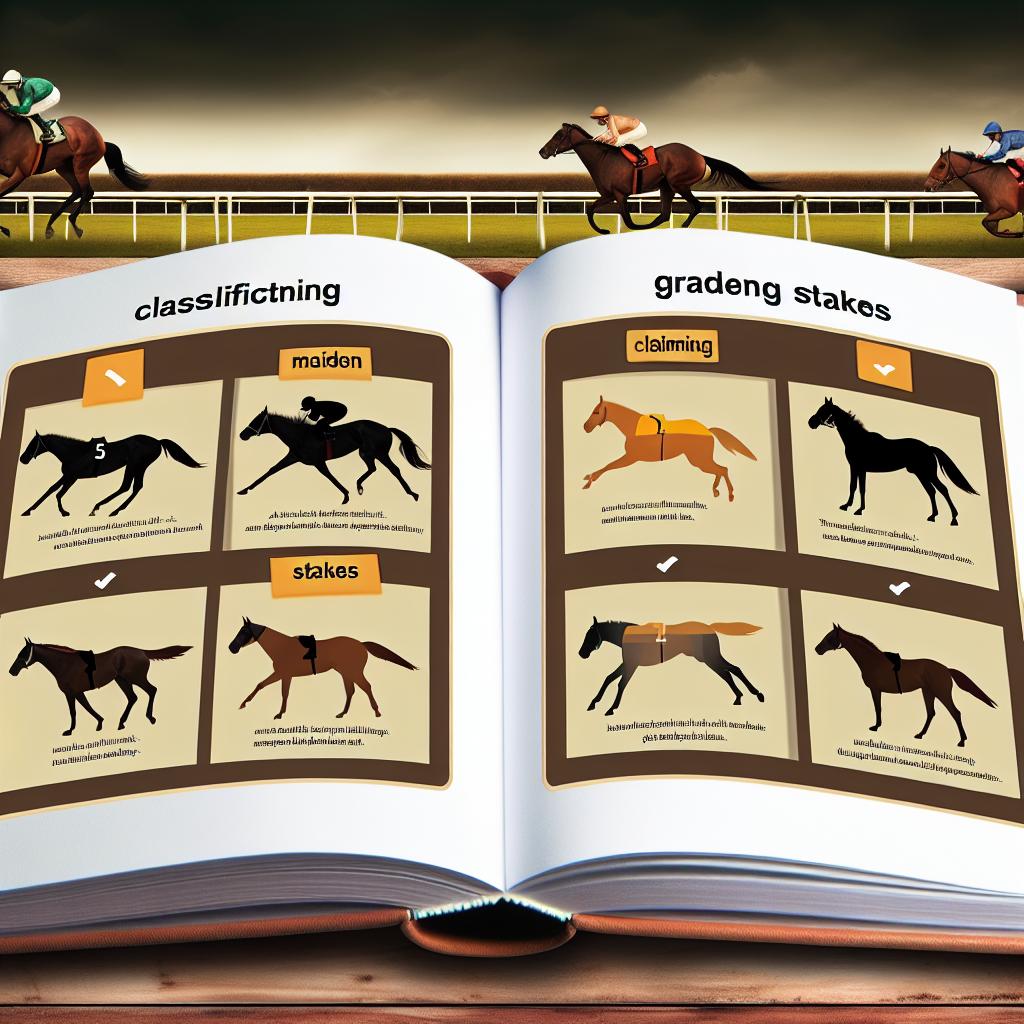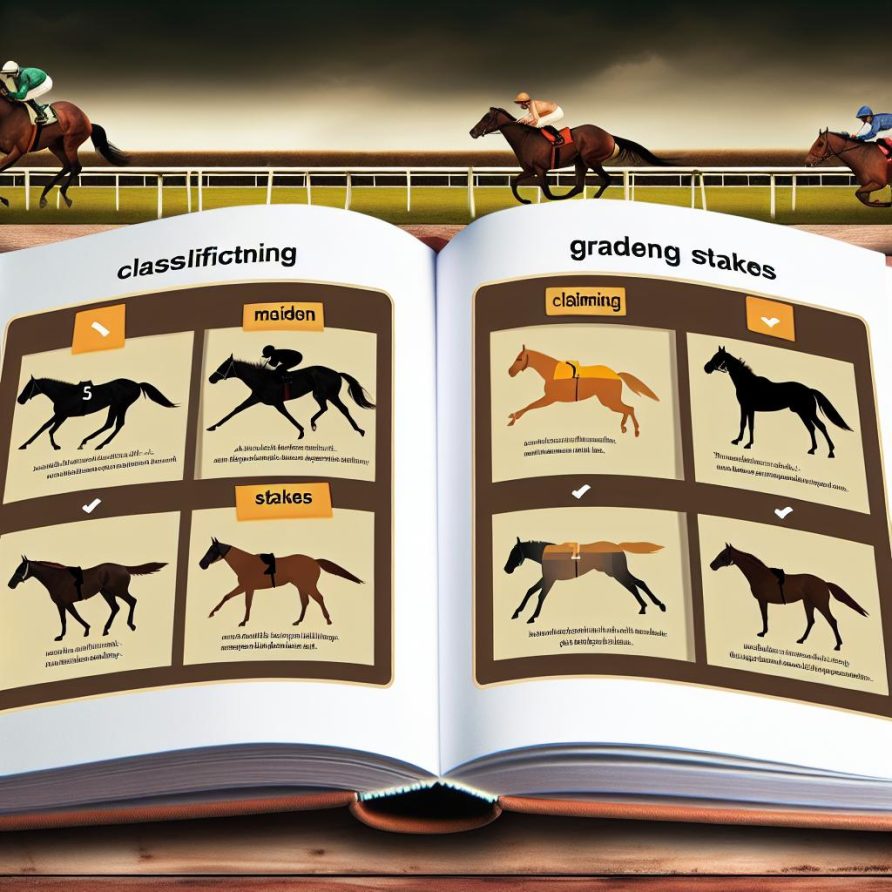Understanding Horse Racing Classifications
Horse racing classifications can appear complex at first, but grasping them is essential for anyone interested in the sport, whether as a spectator, bettor, or participant. These classifications serve the purpose of categorizing races and horses, and they also indicate the level of competition and skill involved.
Types of Horse Races
Horse racing is broadly divided into three main types: flat racing, jump racing, and harness racing. Each format has its unique set of rules and characteristics, and understanding these can provide clarity on how races are classified.
Flat Racing is the most prevalent type of horse racing. It involves horses running over a flat or level track without any obstacles. This format is particularly popular due to its straightforward nature and is the most widely-followed horse racing type worldwide. This is the race style most people think of when they consider horse racing, typified by famous events like the Royal Ascot.
Jump Racing, often known as National Hunt racing in the UK, adds an element of complexity and excitement to the races with the inclusion of hurdles or fences that horses must jump over. This form of racing challenges both the horse and rider in terms of timing and coordination. It includes popular events such as the Cheltenham Festival and the Grand National.
Harness Racing features horses pulling a lightweight two-wheeled cart called a sulky, with a driver perched on it. This type of racing focuses on different gaits, specifically trotting or pacing, and contrasts sharply with the other types because of its emphasis on speed and gait maintenance over longer distances. Standardbred horses are often the breed used in these competitions.
Classification of Races
Race classifications are determined by various factors such as the age, sex, and previous performance of the horses. These classifications help differentiate the experience and skill levels among competitors.
Maiden Races are designed for horses that have not yet won a race. These are introductory races that allow inexperienced horses to compete against one another, helping them gain experience and improve their chances of success in future races.
Claiming Races provide an opportunity for horses to be bought during the race. Prices are set in advance, which denotes the perceived quality of competition. These races are often characterized by varying levels of horse ability, as owners and trainers experiment with different financing and racing strategies. More information can be found here: National Thoroughbred Racing Association.
Allowance Races impose specific conditions that horses must meet to enter, such as having won a certain number of races or none at all. These races do not permit claiming, and they usually feature horses that have shown promise at the lower levels of racing but are not yet ready for stakes competition.
Stakes Races are intended for higher-caliber horses and involve substantial prize money. These races often attract the best competitors and are typically accompanied by a high level of excitement and prestige. Notable examples include the Kentucky Derby, Racing Post Trophy, and other prestigious international contests.
Rating Systems and Classes
To assist in organizing races and matching horses with appropriate levels of competition, a numeric rating system is often employed. This provides a standardized measure of a horse’s current ability based on its past performances.
Class 1 to Class 7 is a common grading system, with Class 1 being the highest level. Class 1 races feature premier competitions with substantial prize money and high-caliber horses. This can range from local standout events to globally recognized races.
Handicap Races leverage the rating system by assigning specific weights to each horse in the competition. This helps level the playing field, as more talented horses carry more weight, thereby equalizing the chances for all competitors regardless of skill disparities.
Importance of Classifications
The classifications play a crucial role in the horse racing industry for several reasons:
– They aid in predicting potential outcomes of races, offering valuable insights for making informed betting decisions, which is particularly essential for bettors looking to optimize their strategies.
– These classifications assist owners and trainers in selecting suitable races for their horses, ensuring the animals compete at appropriate levels of competition that match their capabilities and potential.
– For fans, understanding these classifications deepens appreciation for the level of skill and competition involved, potentially enhancing the viewing and spectator experience by aligning expectations with the race’s difficulty and stakes.
For those looking to dive deeper into understanding the specifics of racing classifications and ratings, reputable horse racing organizations and dedicated sporting platforms provide extensive guides and updates on current races. Such resources can be instrumental in staying informed about race classifications and understanding the nuances of horse ratings. Industry publications and specialized horse racing websites are excellent places to start for anyone seeking detailed insights and expert analyses.





